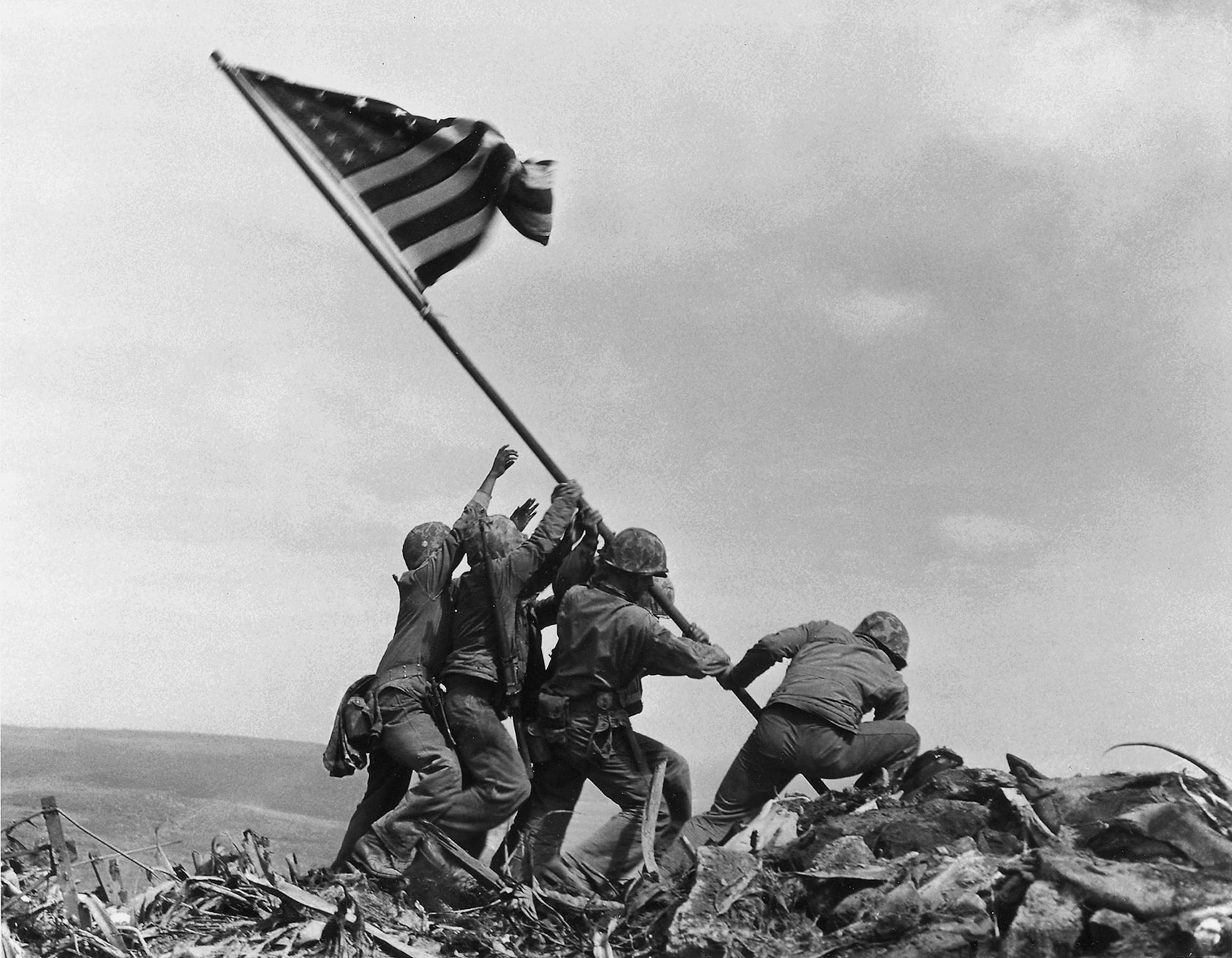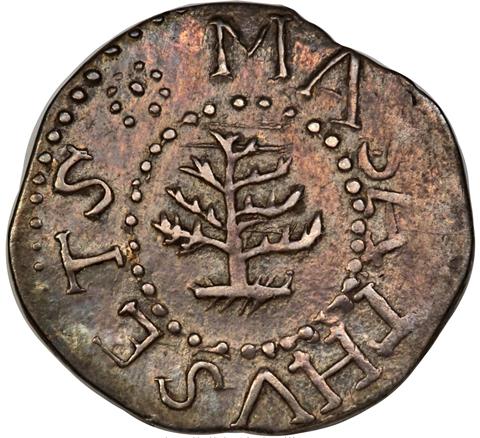
Museum Portfolio
The monetary artifacts assembled in our museum portfolio represent American history and our cultural heritage. These objects are conduits to exploring the cultural interaction, political change, innovation, and artistic expression throughout America’s history. By clicking on a time period, you can view additional assets in the portfolio from that selected time frame. We hope you enjoy and appreciate the value of such a significant, diverse accumulation of these American trophies.
Colonial Period (1630-1764)
During the span of 1630 to 1764, colonial America underwent a dynamic evolution. Settlers, driven by diverse motivations, carved out existence in untamed lands. The Puritans sought religious refuge, forging tight-knit communities with strict moral codes, while others pursued economic opportunity. Amidst dense forests and rustic villages, agrarian life flourished, but challenges from disease to Native American conflicts were constant companions. The seeds of self-governance were sown, with colonial assemblies shaping local laws. By the mid-18th century, a distinctive colonial identity emerged, infused with Enlightenment ideas that fueled growing aspirations for individual rights and representative government. Yet, simmering tensions with the British Crown would soon ignite the fires of revolution, forever altering the course of history.
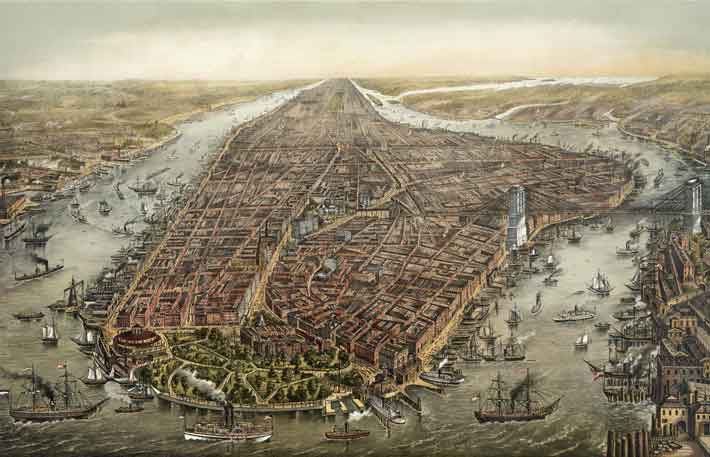
American Revolution (1765-1791)
From 1765 to 1791, the American Revolution resounded in the heart of a nascent nation. Wearied by distant governance, colonists kindled resistance against British oppression. Acts like the Stamp Act and Tea Act ignited defiance, thrusting commoners into the ranks of fervent revolutionaries. The Declaration of Independence, penned with passion, crystallized the aspirations of people craving self-rule and freedom. As battles blazed from Lexington to Yorktown, colonists stood resolute, guided by figures like Washington and Franklin. Amidst conflict's haze, the Constitution emerged as a blueprint for a new government—a republic, empowering the people. The Revolutionary War birthed a nation, woven with sacrifice, resolve, and an unwavering pursuit of liberty.

Young Republic (1792-1815)
In the formative years of the young republic, from 1789 to 1824, the United States navigated uncharted waters. Freshly unshackled from colonial rule, the nation faced the task of forging a cohesive identity. Visionaries like Jefferson and Hamilton clashed over fundamental questions of governance and economy, shaping the trajectory of the country. The Bill of Rights, an emotional testament to individual liberties, anchored the Constitution. Westward expansion ignited dreams of a continental empire, yet the specter of slavery darkened the promise of freedom. The War of 1812 tested the nation's resilience, as did the divisive 1824 election. Through this crucible of challenges, the young republic laid its foundation, driven by the fervent hope of securing a more perfect union.
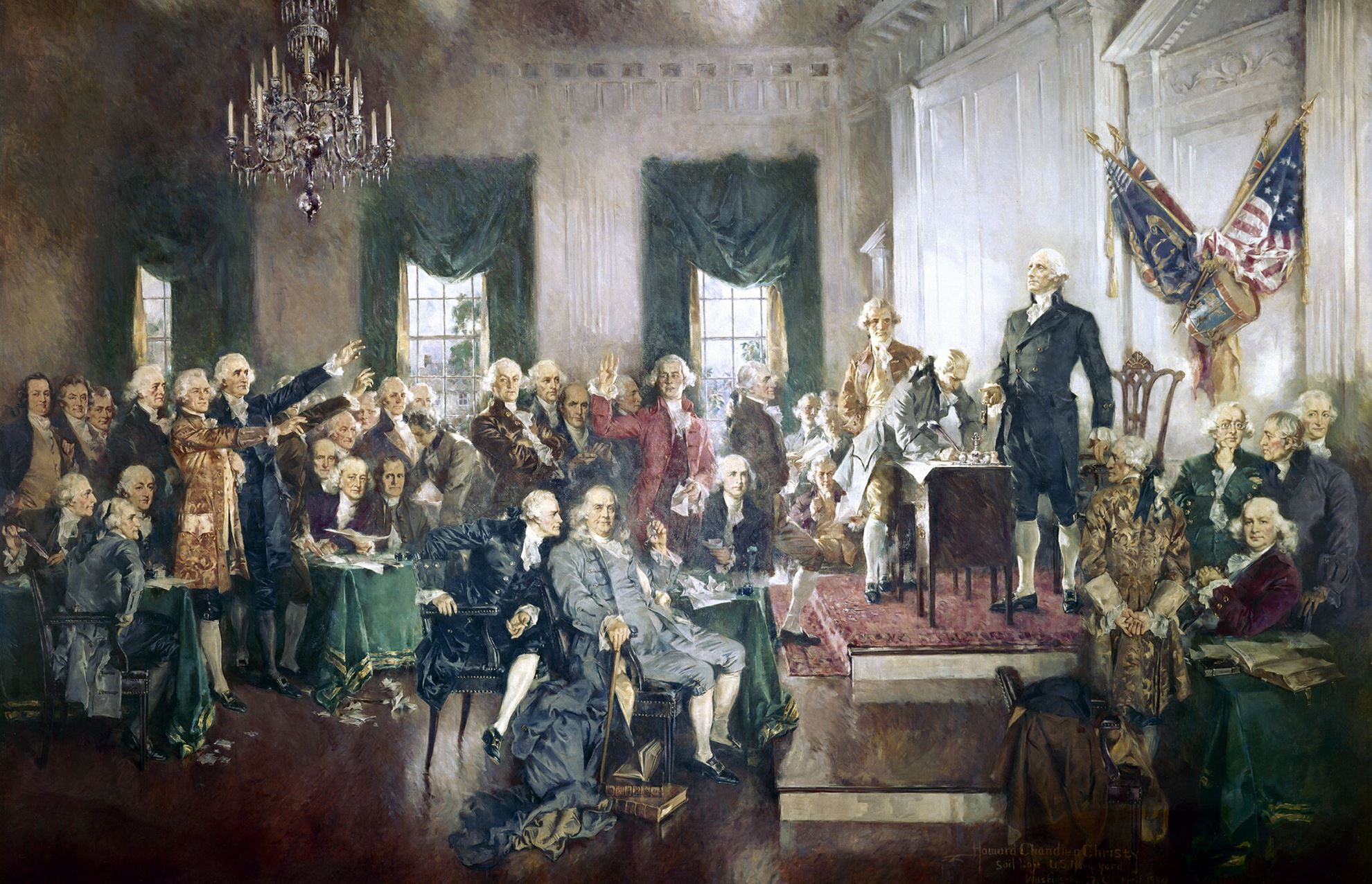
National Expansion and Reform (1816-1860)
Between 1816 and 1860, the U.S. experienced transformative national expansion and reform. Post-War of 1812, roads, canals, and railways solidified an emerging American identity. Industrialization reshaped economies and cities, and the telegraph revolutionized communication. Yet, social and political tensions simmered. The slavery debate escalated, yielding temporary compromises but persistent unease. Visionaries like Frederick Douglass and Elizabeth Cady Stanton emerged, advocating civil rights and gender equality. Amidst this evolution, the stage was set for the seismic trials of the American Civil War, reshaping the nation's course and underscoring the inextricable links between history, government, and identity.
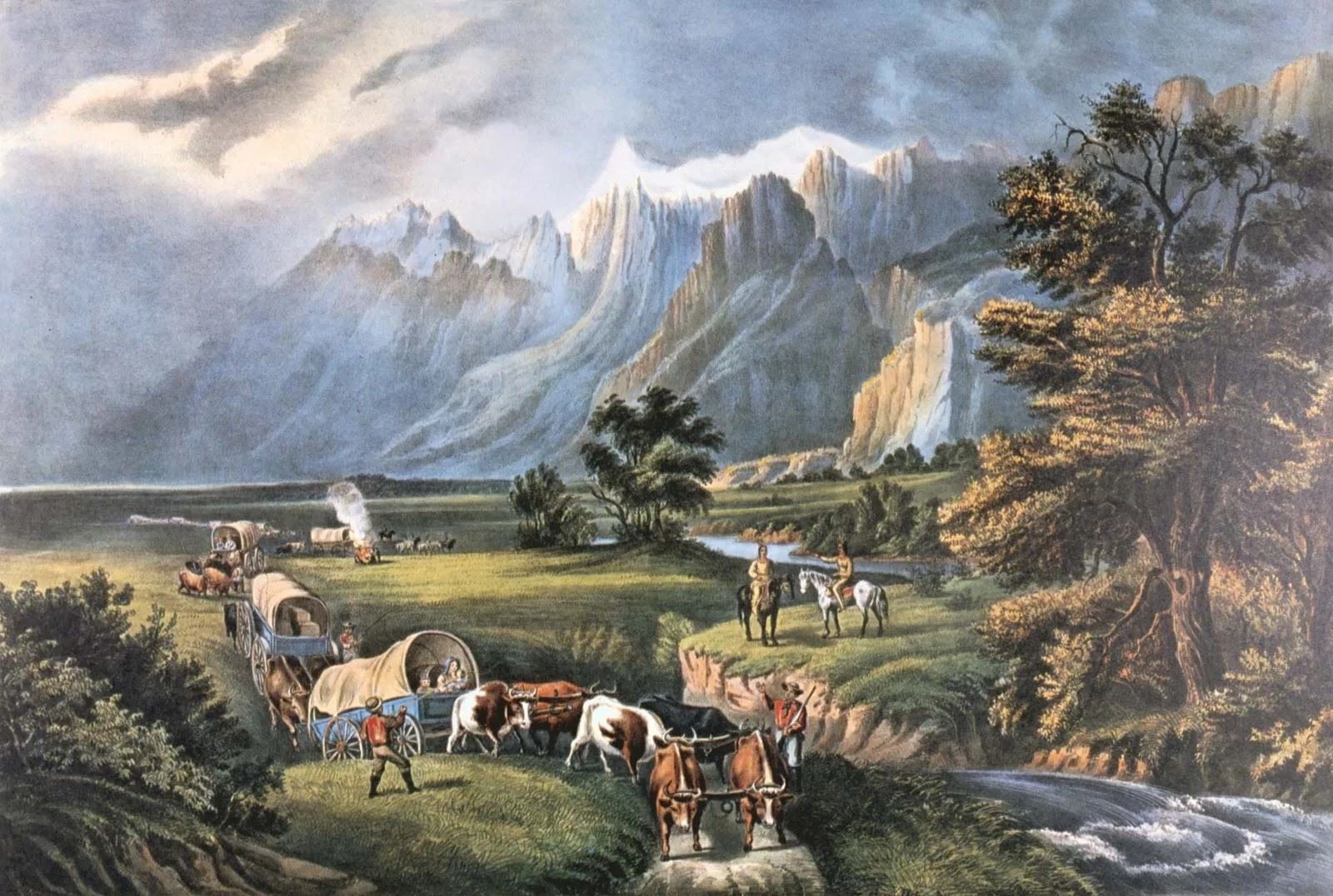
Civil War (1861-1865)
The American Civil War (1861-1865) stands as a pivotal chapter in U.S. history, where government principles and societal dynamics collided in a tumultuous struggle. Deep-rooted differences over state sovereignty and slavery erupted into a brutal conflict, testing the very foundations of the nation. The secession of Southern states challenged the federal government's authority, prompting an emotionally charged battle to preserve the Union. As the war raged on battlefields and the home front, Abraham Lincoln's leadership navigated the nation through its gravest trial. The war's outcome redefined the balance of power between federal and state entities, while the scars left behind underscored the high cost of maintaining a united republic.
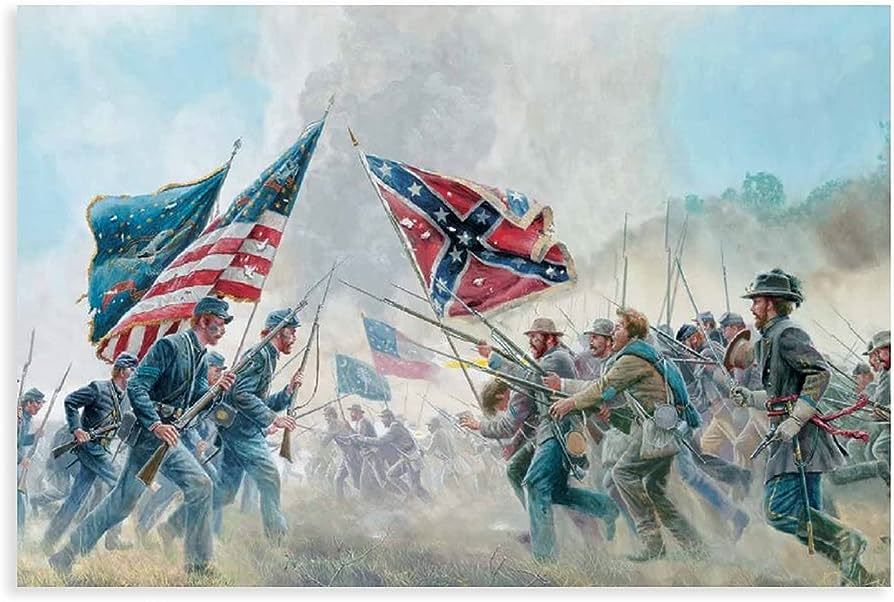
Old West Era (1866-1875)
The Old West, spanning the 19th century, embodies a rich tapestry woven from history and government dynamics. The lure of uncharted territories, spurred by government policies like the Homestead Act, forged an era of unbridled individualism. Manifest Destiny's fervor fueled a sense of destiny and expansion. Against rugged landscapes, lawmen and outlaws etched their stories, reflecting the fine line between order and chaos. Government presence, manifest in forts and jurisdiction, aimed to civilize the frontier. This poignant epoch symbolizes the confluence of history and governance, evoking a time of bold pursuits and enduring legends, where a nation's identity was forged through exploration, governance, and the relentless pursuit of a new horizon.
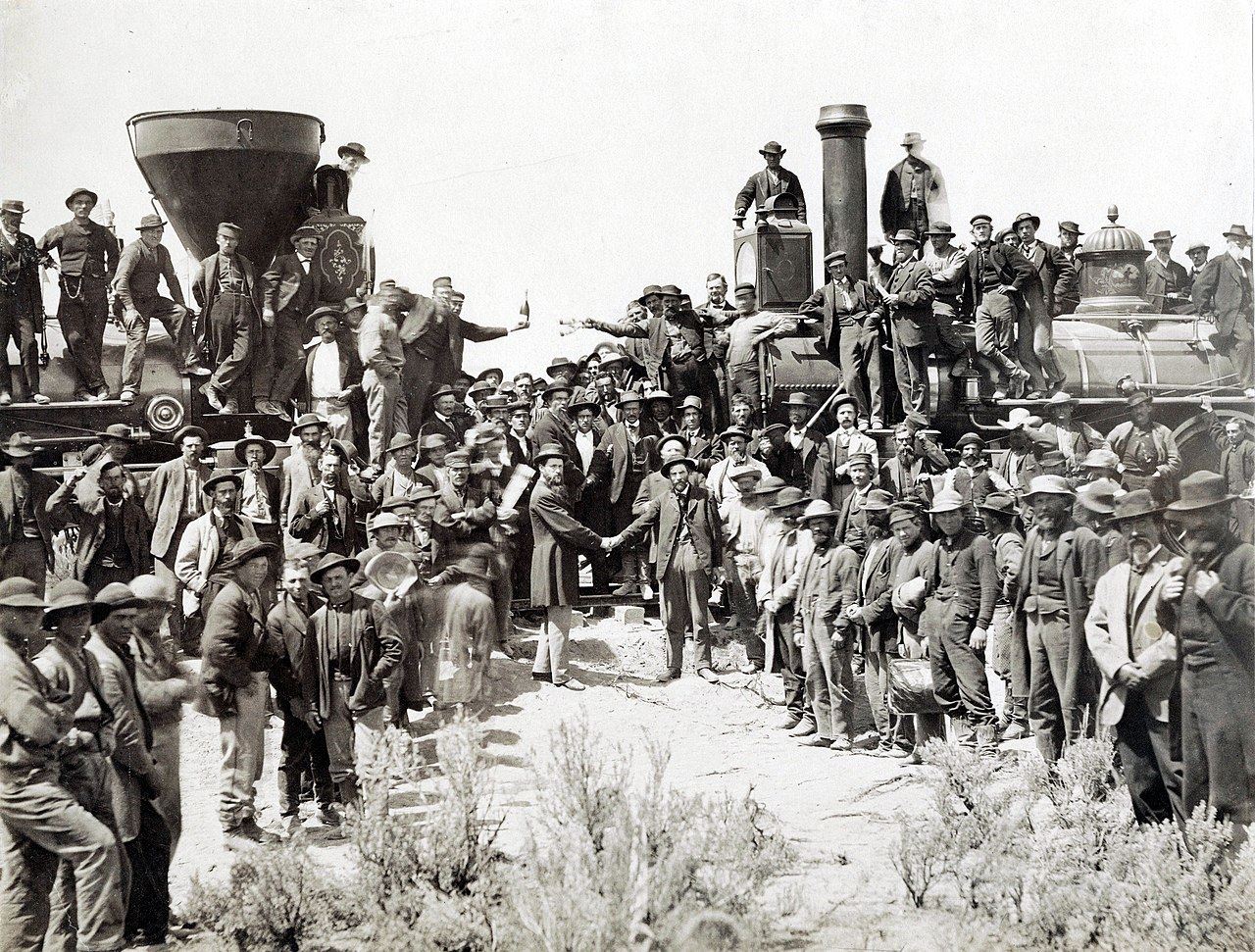
Industrial Revolution (1876-1900)
The Industrial Revolution, spanning from the late 18th through the 19th century, marked a watershed moment in history as societies transitioned from agrarian to industrial economies. Government policies and historical shifts converged to shape this transformative era. Innovations in machinery, fueled by steam power and mechanization, revolutionized production and urbanization. Governmental frameworks adapted to regulate labor conditions and industrial practices, while fostering economic growth. The consequences were multifaceted: urban sprawl, increased labor migration, and the rise of factory-based economies. This epoch underscores the intricate interplay between government, historical context, and technological progress, laying the foundation for modern industrialized societies while prompting debates about the costs of progress.
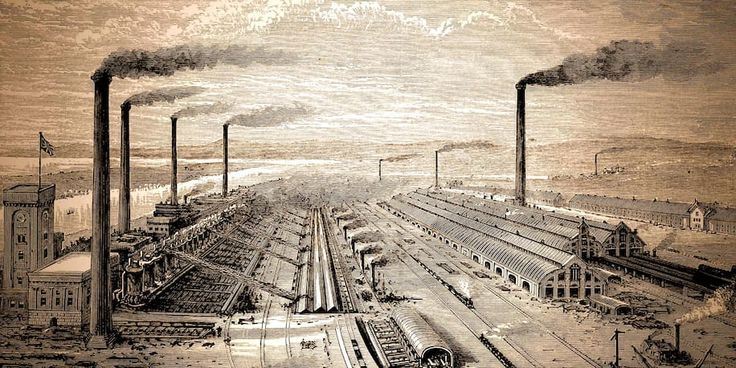
Progressive Era (1901-1914)
The Progressive Era (late 19th to early 20th century) epitomizes the fusion of history and government. Amid industrialization's challenges, reformers advocated government intervention to counter societal issues. Figures like Roosevelt and Addams pursued regulations to rein in corporate power, while initiatives like the Pure Food and Drug Act safeguarded health. Simultaneously, suffragists pressed for democratic expansion through women's voting rights. This era showcased the federal government's deepening role in citizens' lives, addressing inequality and enhancing welfare. The Progressive Era serves as a testament to the power of historical context to prompt government action and guide a nation towards equity and advancement.
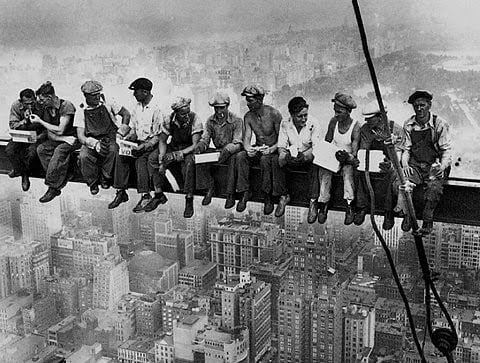
World War I to the Great Depression (1915-1933)
The period from World War I to the Great Depression (1914-1929) intricately binds history and government as a tale of unprecedented upheaval and subsequent challenges. The aftermath of the war witnessed global reshuffling, as governments navigated the complex terrain of post-war reparations and geopolitical realignments. The Roaring Twenties through the New Deal, history and government intertwined in an uplifting narrative of resilience and progress. The exuberant spirit of the Roaring Twenties, marked by cultural blossoming and economic growth, set the stage for the transformative New Deal. Economic prosperity gave way to the Wall Street Crash in 1929, laying bare the fragility of unchecked markets. Government responses to the crisis, such as the New Deal, aimed to mitigate suffering and rekindle hope. This era underscores how pivotal historical events can reshape governments' roles, guiding societies through turmoil, shaping policy responses, and illustrating the profound interplay between historical context and governance.
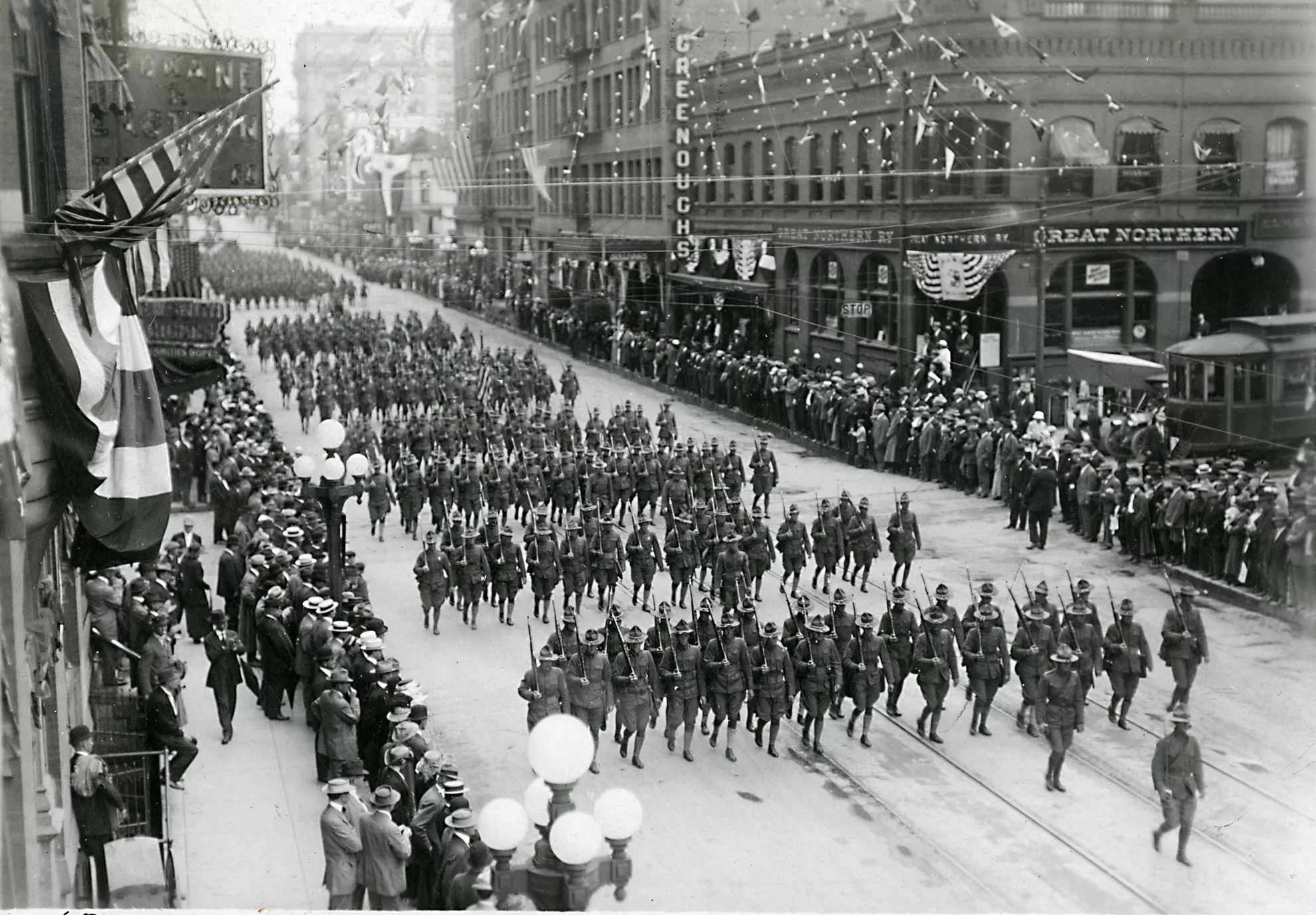
The New Deal to World War II (1934-1945)
From the New Deal to World War II (1930s-1940s), history and government converged in an era of resilience and transformation. The New Deal's inception, a response to the Great Depression, marked a paradigm shift with government actively intervening to stimulate the economy and provide relief. As the world hurtled towards global conflict, the government's role further evolved. World War II summoned immense mobilization, shaping government policies and catalyzing industrial growth. Homefront efforts and rationing showcased a nation united in purpose. This period illuminates how historical challenges steer government action, from economic revival to wartime coordination, leaving an indelible imprint on the nation's trajectory and underscoring the dynamic interplay between history and governance. This era underscores how historical trials can evoke government creativity, invigorate economies, strengthen societal bonds, and guide nations towards remarkable accomplishments.
